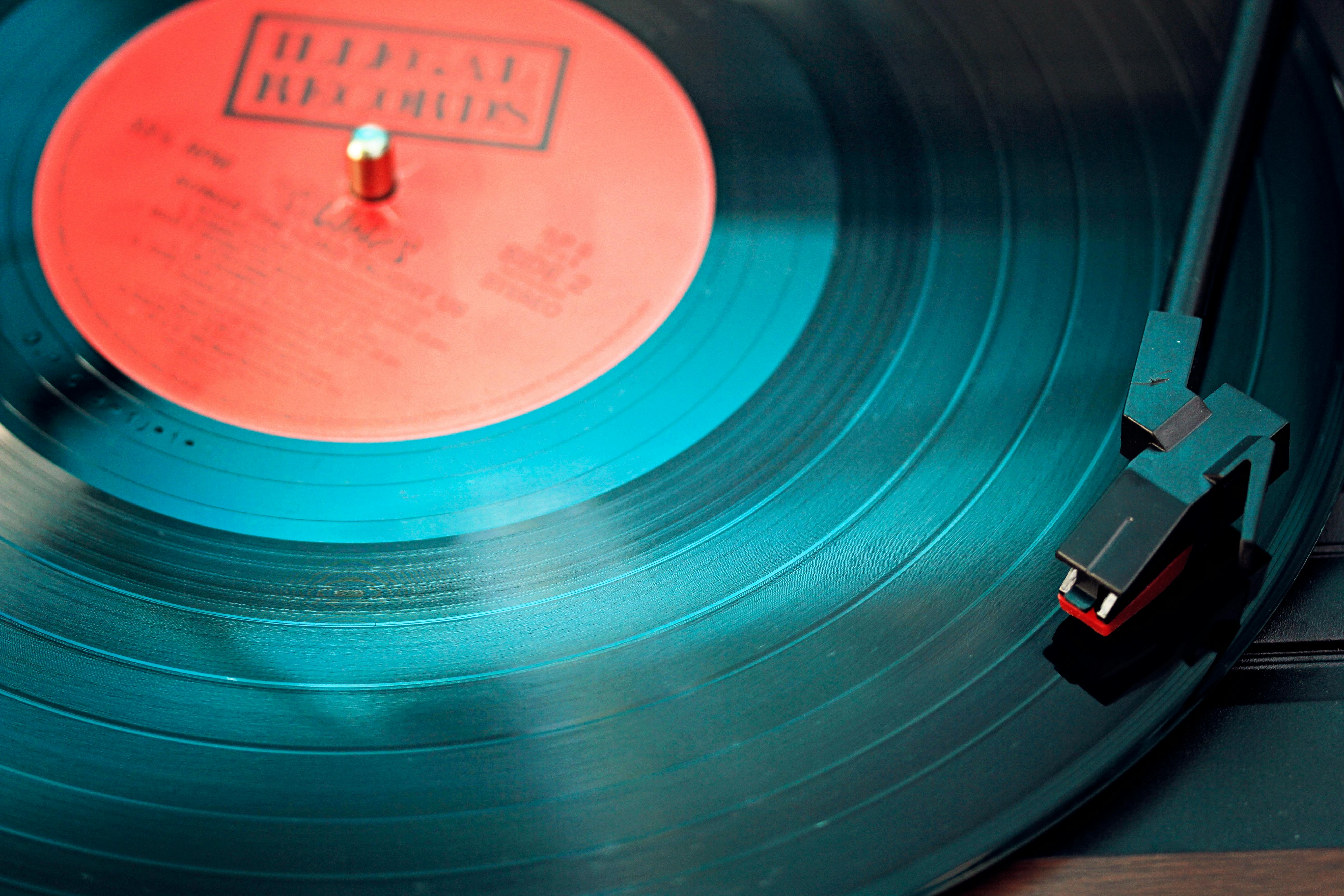Old Vinyl Records: Identification, Care, Playback, Value, and Restoration
Vinyl records have experienced a remarkable resurgence in popularity, making proper identification, care, and valuation more important than ever. Whether you've inherited a collection, discovered records at a garage sale, or want to preserve your existing albums, understanding how to properly handle these musical treasures ensures they maintain their sound quality and potential value for years to come.

Collecting and maintaining vinyl records requires knowledge spanning decades of music history, proper preservation techniques, and understanding market dynamics. From identifying rare pressings to implementing proper storage solutions, each aspect plays a crucial role in preserving these analog music formats.
Identifying and Dating Old Vinyl Records
Proper identification begins with examining the record label, catalog numbers, and matrix information etched in the runout groove. Record labels often changed designs, logos, and color schemes throughout different eras, providing valuable dating clues. Early pressings typically feature specific label variations, while reissues may have updated designs or different catalog numbering systems.
Matrix numbers, found in the dead wax area between the label and outer edge, contain pressing plant codes, master tape information, and sometimes engineer initials. These markings help distinguish original pressings from later reissues, significantly affecting value. Additionally, examining the record’s physical characteristics, such as vinyl thickness and edge styling, provides further identification assistance.
Proper Storage and Handling to Prevent Damage
Vertical storage remains the gold standard for vinyl preservation, preventing warping that occurs when records lean or lie flat under weight. Inner sleeves should be anti-static polyethylene or paper-lined varieties, avoiding PVC sleeves that can damage vinyl over time. Outer protective sleeves add another layer of protection against dust, moisture, and handling wear.
Temperature control maintains vinyl integrity, with ideal conditions ranging between 65-70°F with 45-50% relative humidity. Avoid storage areas subject to temperature fluctuations, direct sunlight, or proximity to heat sources. When handling records, always hold them by the edges and label area, never touching the grooved playing surface.
Cleaning and Maintenance Techniques
Regular cleaning extends record life and maintains sound quality. Dry cleaning with anti-static brushes removes surface dust before each play, while wet cleaning addresses deeper contamination. Carbon fiber brushes effectively remove static buildup and light debris when used in straight motions following the groove direction.
For deeper cleaning, specialized record cleaning solutions and microfiber cloths provide thorough results without damaging the vinyl surface. Avoid household cleaners, which can leave residues or cause chemical damage. Some collectors invest in ultrasonic cleaning machines for professional-level maintenance, though proper manual cleaning achieves excellent results for most situations.
Assessing Condition and Estimating Market Value
Record grading follows established standards ranging from Mint to Poor condition, with most collectors using the Goldmine Standard. Visual inspection examines surface scratches, scuffs, and overall wear, while listening tests reveal audio quality issues like pops, clicks, or tracking problems. Sleeve condition also affects value, particularly for rare or collectible releases.
Market value depends on multiple factors including rarity, condition, pressing plant, and current demand. First pressings, limited editions, and albums by significant artists typically command higher prices. Online databases, auction sites, and collector guides provide current market references, though actual selling prices may vary based on condition and market timing.
| Equipment Type | Price Range | Key Features |
|---|---|---|
| Entry-Level Turntable | $100-300 | Basic belt drive, built-in preamp, USB connectivity |
| Mid-Range Turntable | $300-800 | Direct drive, adjustable tonearm, cartridge upgrade options |
| High-End Turntable | $800-3000+ | Precision engineering, premium cartridges, isolation systems |
| Cartridge Replacement | $50-500 | Moving magnet or moving coil, stylus tracking force options |
| Cleaning Supplies | $20-100 | Brushes, cleaning solutions, anti-static treatments |
Prices, rates, or cost estimates mentioned in this article are based on the latest available information but may change over time. Independent research is advised before making financial decisions.
Playback Equipment Choices and Basic Restoration Tips
Turntable selection significantly impacts playback quality and record preservation. Belt-drive systems typically provide better vibration isolation, while direct-drive models offer consistent speed accuracy. Cartridge and stylus quality directly affects both sound reproduction and record wear, with proper tracking force preventing groove damage during playback.
Basic restoration addresses common issues like minor scratches and cleaning stubborn debris. Light surface scratches sometimes respond to specialized polishing compounds, though deep scratches affecting multiple groove walls typically cannot be fully repaired. Warped records may benefit from careful flattening techniques, though severe warping often proves irreversible.
Regular maintenance prevents many restoration needs. Proper stylus care, including periodic cleaning and timely replacement, protects both records and playback equipment. Tracking force adjustment ensures optimal contact without excessive pressure that damages grooves over time.
Preserving vinyl records combines proper identification techniques with consistent care practices and appropriate playback equipment. Understanding these fundamentals helps maintain collections while maximizing both listening enjoyment and potential investment value. Whether dealing with inherited collections or building new ones, applying these principles ensures vinyl records continue providing musical enjoyment for future generations.




